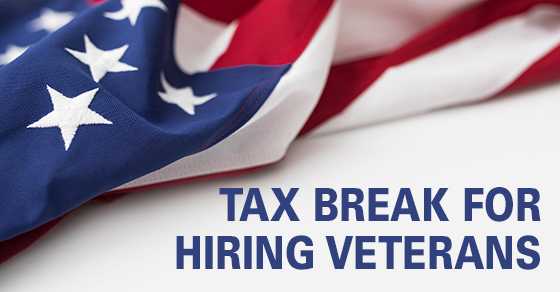If you’re charitably inclined but concerned about having sufficient income to meet your needs, a charitable remainder trust (CRT) may be the answer. A CRT allows you to support a favorite charity while potentially boosting your cash flow, shrinking the size of your taxable estate, reducing or deferring income taxes, and enjoying investment planning advantages.
How does a CRT work?
You contribute stock or other assets to an irrevocable trust that provides you — and, if you desire, your spouse — with an income stream for life or for a term of up to 20 years. (You can name a noncharitable beneficiary other than yourself or your spouse, but there may be gift tax implications.) At the end of the trust term, the remaining trust assets are distributed to one or more charities you’ve selected.
When you fund the trust, you can claim a charitable income tax deduction equal to the present value of the remainder interest (subject to applicable limits on charitable deductions). Your annual payouts from the trust can be based on a fixed percentage of the trust’s initial value — known as a charitable remainder annuity trust (CRAT). Or they can be based on a fixed percentage of the trust’s value recalculated annually — known as a charitable remainder unitrust (CRUT).
Generally, CRUTs are preferable for two reasons. First, the annual revaluation of the trust assets allows payouts to increase if the trust assets grow, which can allow your income stream to keep up with inflation. Second, you can make additional contributions to CRUTs, but not to CRATs.
The fixed percentage — called the unitrust amount — can range from 5% to 50%. A higher rate increases the income stream, but it also reduces the value of the remainder interest and, therefore, the charitable deduction. Also, to pass muster with the IRS, the present value of the remainder interest must be at least 10% of the initial value of the trust assets.
The determination of whether the remainder interest meets the 10% requirement is made at the time the assets are transferred — it’s an actuarial calculation based on the trust’s terms. If the ultimate distribution to charity is less than 10% of the amount transferred, there’s no adverse tax impact related to the contribution.
Handle with care
If the estate tax is repealed as part of tax reform as has been proposed, CRTs would become less beneficial from an estate tax perspective. But they could still help the charitably inclined achieve their goals. CRTs require careful planning and solid investment guidance to ensure that they meet your needs. Before taking action, discuss your options with us.







